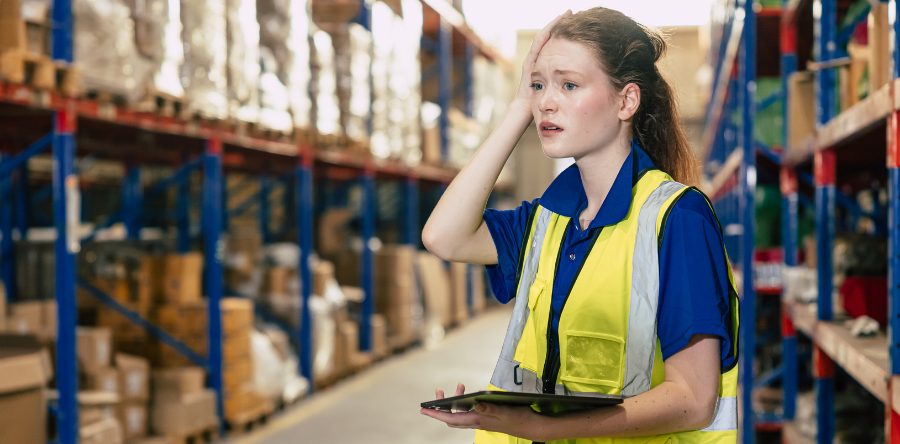
Emergencies are by their very nature unpredictable, but preparing to the best of your ability beforehand can be empowering, prevent injury and even save lives. Ideally, your child’s workplace should include training on emergency situations. If that training isn’t in place or is inadequate, support your child in speaking up. “I would talk to your kids about potential situations that can arise,” says Meron Samuel, a workplace health and safety professional. "This can help them be a little more confident when they do approach their manager or supervisor." And it will give them a good starting point for their conversation. "I was talking to so-and-so, and I'm wondering what I'm supposed to do in these types of situations.’” Read on for some points to consider.
Emergency basics
- Has their employer gone over the emergency plan with them?
- Have they been trained on emergency procedures?
- Do they know where the emergency exits are located?
- Do they know where first aid supplies are stored?
- Do they know the location of fire extinguishers?
- Do they know who to call/report to in an emergency?
- Do they have the right contact information for reporting an emergency?
Potential emergency situations
Some young adults may be dismissive at the thought of a workplace emergency actually happening, while others may be unduly anxious about it. “I like to compare emergency preparedness to fire drills because all students go through them often,” says Meron. “A real fire doesn’t often happen, but it does happen sometimes, and you’re practising so you’re prepared.”
According to the Canadian Centre for Occupational Health & Safety, common types of workplace emergencies include:
- fires or explosions
- medical emergencies
- severe weather
- earthquakes
- major power failures
- hazardous material spills
Other possible situations to add to the list are a hold and secure or a lockdown, where there is a police presence in the area due to a potential or active threat. A shelter in place designation, on the other hand, usually refers to the release of chemical, biological or radioactive contaminants. In those situations, the main advice is to follow the instructions of law enforcement and first responders.
In the moment
- Be prepared and aware “The more they know about the preventative or protective measures, the better they’re going to be at following those measures in an emergency, and the more confident and calm they're going to be,” says Meron.
- Take a deep breath “It really does work. Pausing a moment to just take a deep breath calms you down, increases oxygen flow throughout your body, and helps you think more clearly."
- Visualize the next step “Picture what happens next: ‘I need to go out this door’ or ‘I need to get this fire extinguisher’ or ‘I need to get this list of staff,’” says Meron.
- Look to your co-workers Assuming your child is not working solo, remember that they don’t have to take everything on themselves, that they have coworkers. They’re your team, and you support each other.
Each emergency situation has its own particular requirements, and different workplaces may have different protocols—for example, a retail store in a large mall, a concession stand in a park, and a municipal swimming pool are all quite different. In general, though according to the federal Get Prepared website, this is a good set of instructions to bear in mind:
- Follow your emergency plan (often it’s: call for help, get to safety, take action).
- Get your emergency kit (if applicable).
- Make sure you are safe before assessing others.
- Listen to the radio or television for information from local officials and follow their instructions.
- Stay put until all is safe or until you are ordered to evacuate.
After an emergency
- For most people, it’s important to talk to someone supportive after an emergency event, such as a counsellor, trusted family member or through a virtual help line such as Kids Help Phone, so they can work through any emotions like fear, anxiety, grief, shame or anger.
- Consider what could make them feel more prepared in the future, such as additional first aid training.
Ultimately, dealing with emergency situations comes down to knowledge, awareness, and keeping calm as much as possible. “There will be unexpected situations in the workplace, and so you train to the best of your ability to keep yourself safe,” notes Meron. “When those unexpected circumstances arise, you’re not as likely to panic because you were prepared."
.png?width=1614&height=626&name=FirstJob_SafeJob_reverse%20(1).png)
.png?width=1614&height=626&name=FirstJob_SafeJob%20(1).png)